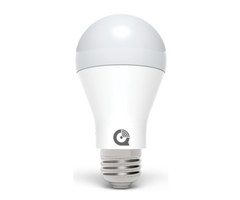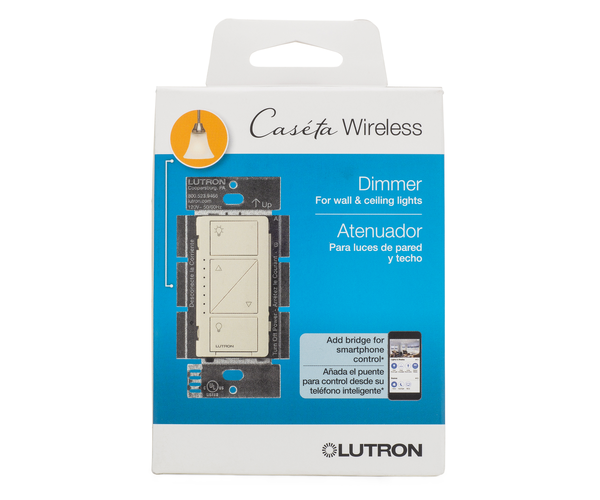Alarm Grid - The Leader in DIY Security
Posted By Michael GorisWe have recently noticed a major shift in the security industry due to the COVID-19 health pandemic and the resulting "new normal". Many companies that were traditionally opposed to the DIY model are now following our lead and implementing their own DIY practices to meet consumer needs.
 There are many names for this rising practice. Some companies will call it "Do-It-Together" or "Do-It-With-Me" as an alternative to "Do-It-Yourself". But it's all the same principle. And it isn't anything new, even if other companies want you to believe that they are being innovative. Alarm Grid has been proudly offering DIY monitoring solutions since 2012. And only a very small handful of other companies have been providing similar solutions for the past several years. It wasn't until this "new normal" that DIY security even became the standard model.
There are many names for this rising practice. Some companies will call it "Do-It-Together" or "Do-It-With-Me" as an alternative to "Do-It-Yourself". But it's all the same principle. And it isn't anything new, even if other companies want you to believe that they are being innovative. Alarm Grid has been proudly offering DIY monitoring solutions since 2012. And only a very small handful of other companies have been providing similar solutions for the past several years. It wasn't until this "new normal" that DIY security even became the standard model.
Whether a security company calls their model DIY, DIT, or DIWM, it's all the same thing. They all refer to a company guiding an end user through the setup or installation process remotely through a phone call, text chat, or video call. The main principle behind this concept is that a modern security system is not difficult to install, and end users shouldn't have to pay hundreds or even thousands of dollars for an installation that they can easily complete on their own. The end user is empowered in being in full control of their security system, and the alarm company saves money by not having to send out a professional installer. Everybody wins.
For a long time, traditional security companies and equipment manufacturers stubbornly stood their ground and refused to adopt this new model. They continued hiding Installer Codes and making their systems difficult and frustrating for end users to work with. This allowed them to keep rolling trucks and charging their customers service fees. We have seen some improvements in this regard. For example, the Qolsys IQ Panel 2 Plus is arguably the most DIY-friendly alarm panel we have ever seen. But for the most part, this industry has been slow to take action. It's somewhat shocking that it took something like a serious global health pandemic to implement these changes.
But Alarm Grid has been doing this before it became the norm. We have never sent out an in-house technician to anyone's home or business. Why? Because we never needed to. These systems can be self-installed, and our trained and knowledgeable technicians provide all the support you need, both online and over the phone. Being ahead of the curve has allowed Alarm Grid to establish a successful and thriving business in the highly competitive security industry. And we intend on keeping it that way, even during these trying times.
While most other security companies were left scrambling for solution that has been right under their noses for quite some time, Alarm Grid was already adapted for the global pandemic. The only change we made was mandating that the vast majority of employees work from home. And even that is only temporary, as we plan on returning to the Alarm Grid headquarters once we feel that it is safe. But other than that, it has been business as usual for Alarm Grid. We have continued to keep our customers informed, and we have continued providing simple and effective security solutions.
Other companies that are just now implementing DIY practices during this historic event are not being innovative. They are fighting for survival. We have been doing this for nearly eight years. And each year, more and more people jump ship to Alarm Grid. Customers love us for our top-notch support, our contract-free structure and our no nonsense attitude, where our only goal is to provide you with excellent monitoring service at a price that you can afford. We have been right about this industry this entire time, and other companies are only just now realizing it as a means of survival.
Remember that customers stick with Alarm Grid because they love our support and our efficient business model. Any customer that is not satisfied for whatever reason is free to take their system with them to a new company. All of the security systems we support are non-proprietary, and they can be readily used with virtually any alarm company. But we rarely have customers leave us, as we are always there to help them overcome any problems that they may encounter.
If you are interested in learning more about Alarm Grid, the original DIY security company, we invite you to send an email to support@alarmgrid.com. We would love to help you explore your options so that you can make an informed buying decision for your home or business. Also, make sure to check out our monitoring page so that you can learn all about our monitoring plans. If you'd prefer to call us, we can be reached at (888) 818-7728. Our team is available and ready to talk from 9am to 8pm ET M-F. We look forward to hearing from you soon!









